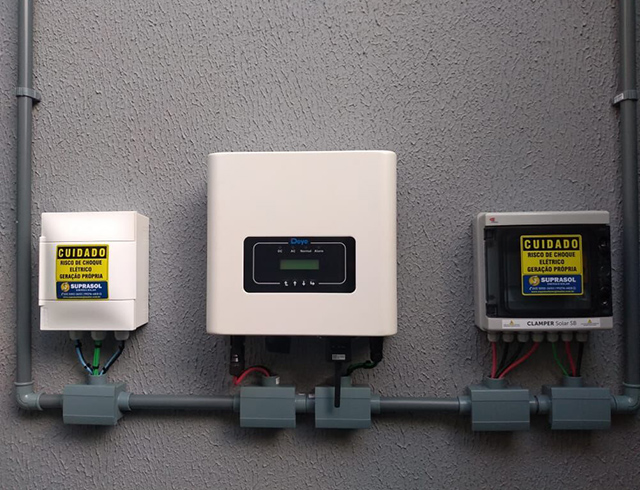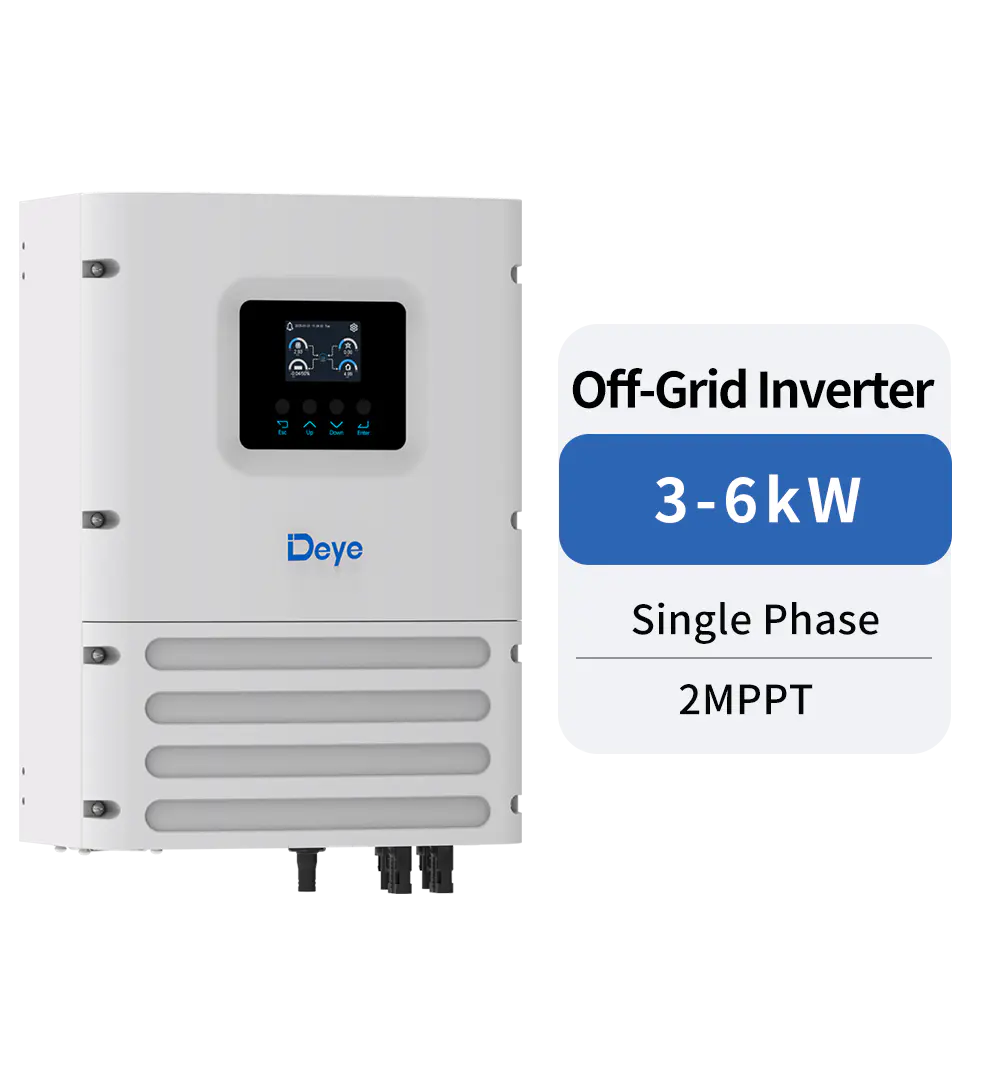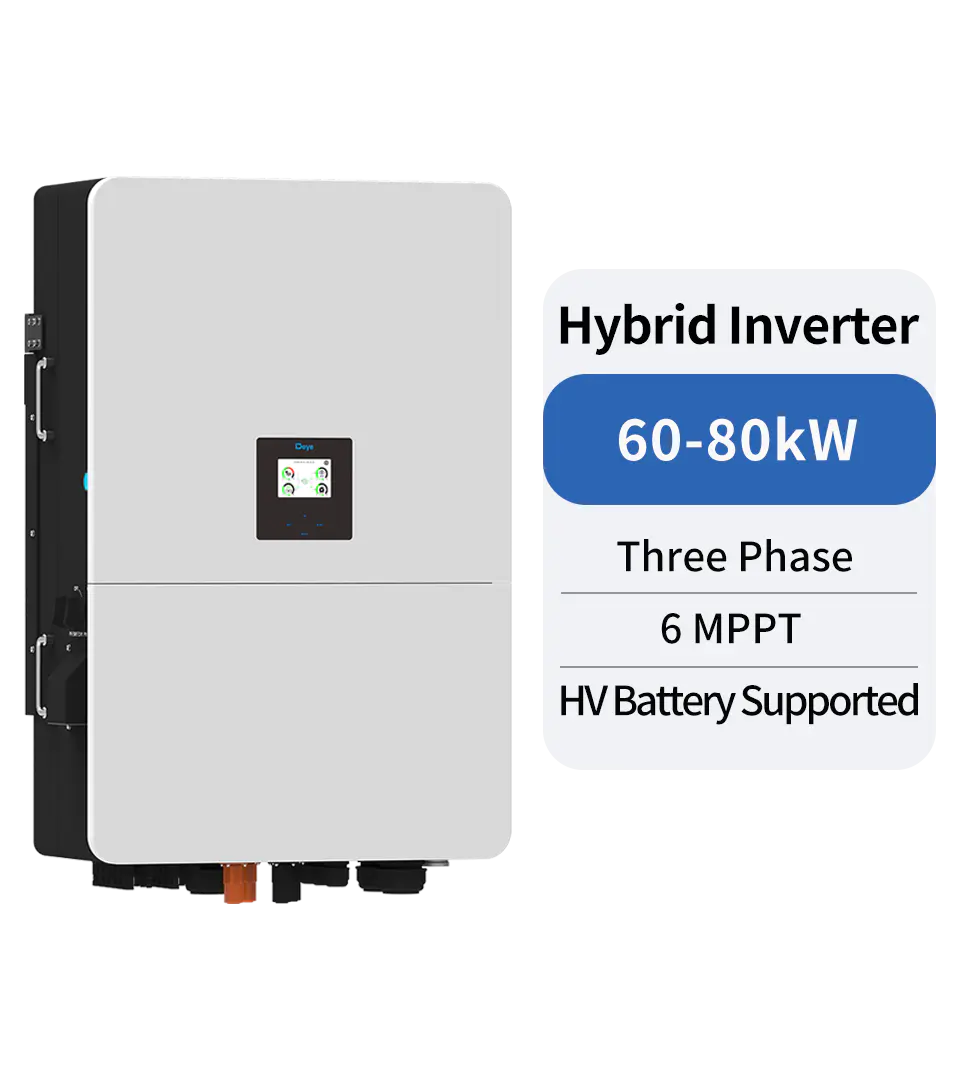Technical Topics
Requirements of PV inverter for working environment
PV inverter plays an important role as an important equipment of PV power plant. Due to the high degree of integration of PV inverters, the overall structure is compact, and the heat dissipation of itself is large, so the temperature, humidity and dust content of the installation environment are required to be high. When installing the PV inverter, it is necessary to provide a good installation environment for the inverter
1、Electrical environment.
The electrical environment in which the PV inverter works includes: frequency variation, voltage variation, voltage unbalance, power supply impedance, power supply harmonics and some abnormal conditions, etc. The PV inverter is working due to DC/DC conversion and inversion, which generates a lot of interference electromagnetic waves around, and these high frequency electromagnetic waves have certain interference to the nearby instruments and electronic equipment. Therefore, the instruments and electronic equipment inside the inverter cabinet should be selected with metal housing to shield the inverter from the interference of the instruments and other electronic equipment. All components should be reliably grounded. In addition, the connection between each electrical component, electronic equipment and instrument should be selected with shielded cable, and the shielding layer should be reliably grounded. The power input of the inverter is often protected by overvoltage, however, if the high voltage at the input acts for a long time, it will damage the input of the inverter. Therefore, in practical application, verify the actual input voltage of the inverter and the rated input voltage of the inverter.
2、Physical environment
1) Working temperature: The inside of the PV inverter is high-power electronic components, which are highly susceptible to the working temperature. The product is generally required to be 0~55°C, but in order to ensure safe and reliable work, a margin should be considered when using it, and it is better to control it below 40°C. If the inverter is installed in the inverter cabinet, it should be installed in the upper part of the cabinet and strictly abide by the installation requirements in the product manual. It is absolutely not allowed to install the heat generating components or components prone to heat generation close to the bottom of the inverter.

2) Ambient temperature: When the temperature is too high and varies greatly, the dew will easily appear inside the inverter, and its insulation performance will be greatly reduced, which may even cause short-circuit accidents. If necessary, desiccant and heater must be added in the inverter cabinet. The surrounding humidity of the inverter should be less than 90%. If the surrounding humidity is too high, there are problems of electrical insulation degradation and corrosion of metal parts. If the inverter must not be installed in the place with high humidity due to the limitation of the installation site, the inverter cabinet should be sealed structure as much as possible. To prevent condensation when the inverter is stopped, additional convection heaters should be installed.
3) Corrosive gas: If the concentration of corrosive gas in the use environment is large, it will not only corrode the guides of components, printed circuit boards, etc., but also accelerate the aging of plastic devices and reduce the insulation performance. In this case, the inverter cabinet should be made into a closed structure with air exchange. There should be no corrosive, explosive or combustible gases as well as dust and oil mist around the inverter. If there are explosive and incendiary gases in the surroundings where the inverter is installed, it may sometimes cause fire or explosion accidents because of the spark-prone relays and contactors inside the inverter. If there is dust and oil mist around the inverter, its adhesion and accumulation in the inverter will cause the insulation to be lowered; for the inverter with forced air cooling, the temperature inside the inverter will rise abnormally due to filter blockage, resulting in the unstable operation of the inverter.
4) Vibration and shock: When the inverter cabinet is subjected to mechanical vibration and shock, it will cause poor electrical contact. At this time, in addition to improving the mechanical strength of the inverter cabinet, away from the source of vibration and shock sources, you should also use anti-vibration rubber pads to fix the inverter cabinet and electromagnetic switches and other components that generate vibration. The vibration resistance of the inverter varies depending on the type. If the vibration exceeds the tolerance value of the inverter, it will cause the loosening of the fastening parts and the misoperation of the relays and contactors, which often guides to the unstable operation of the inverter. For the vibration occasions that can be foreseen in advance, the vibration of the inverter should be fully considered.
5) The altitude elevation of inverter application is morely specified below 1000m, and the high elevation will guide to insulation damage due to the air pressure. In addition, the cooling effect of high elevation also decreases, and attention must be paid to the temperature rise of the inverter.
Translated with www.DeepL.com/Translator (free version)
PREV:Why to Opt For Solar Inverter Monitoring?
NEXT:Understand the working principle of photovoltaic inverters in one article
Share
Product recommendations
news recommendations
-

-
 Green Industry, Bright Future: Deye Distributor Summit – Dubai 2025 Concludes Successfully
Green Industry, Bright Future: Deye Distributor Summit – Dubai 2025 Concludes SuccessfullyIn November 2025, Deye Group successfully hosted the “Green Industry, Bright Future—Deye 2025 Dubai ...
-
 Deye’s Malaysia Johor Manufacturing Base Officially Breaks Ground — A Key Step Forward in Its Globalization Strategy
Deye’s Malaysia Johor Manufacturing Base Officially Breaks Ground — A Key Step Forward in Its Globalization StrategyOn October 2, 2024, Deye Group (hereinafter referred to as “the Company”) held a groundbreaking cer...

 China - 简体中文
China - 简体中文 Global - English
Global - English Brazil - Português
Brazil - Português Netherlands - Dutch
Netherlands - Dutch Italy - Italiano
Italy - Italiano Germany - Deutsch
Germany - Deutsch Spain - Español
Spain - Español France - Français
France - Français Vietnam - Tiếng Việt
Vietnam - Tiếng Việt Poland - Polski
Poland - Polski Australia - English
Australia - English


